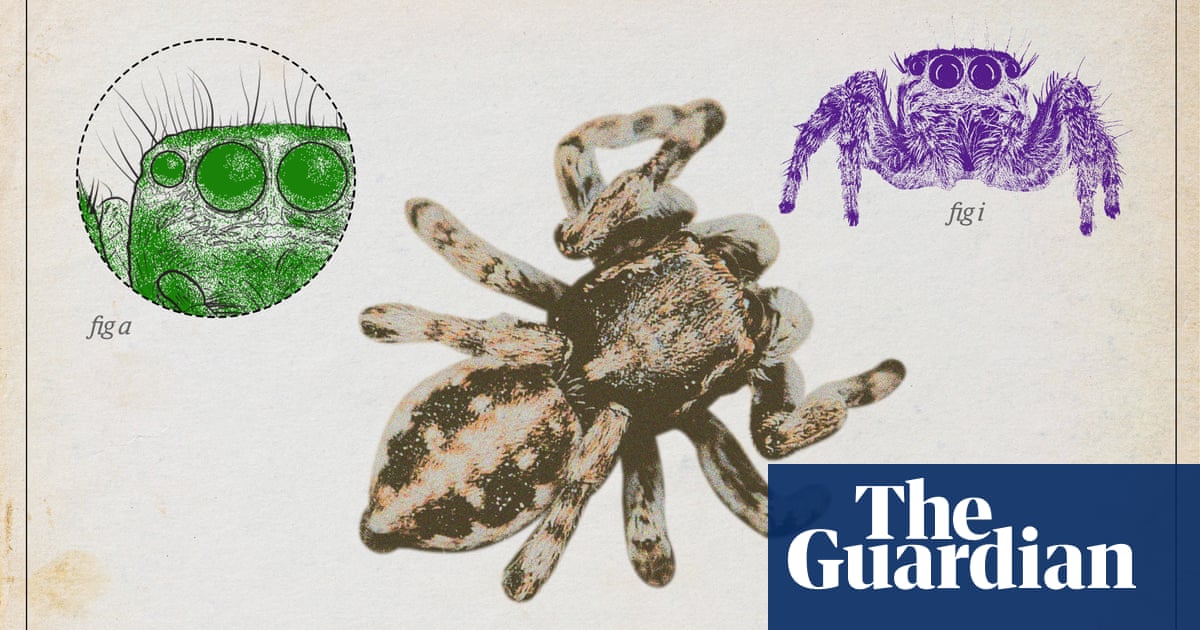The eyes have it. If you’re a sucker for a charismatic gaze, an impressive name and great rarity, then the distinguished jumping spider should get your vote.
But this acrobatic, spectacular-looking tiny spider with two large black forward-facing eyes is not merely a pretty face. It is a powerful environmentalist and mighty representative of the value of often-derided, seemingly desolate post-industrial landscapes.
The spider was only discovered in Britain in 2003 and is today only found in two locations: West Thurrock marshes and Swanscombe peninsula. Both are “brownfield” sites in the Thames Gateway, the largest area designated for new development in Europe.
Like the other 37 jumping spider species found in Britain
I wonder how they got to that number. It should be either 43 for established species or 54 if you count all recorded species. Well, at least apart from the “it does not spin webs” bit it doesn’t have any major mistakes, which is rare for any mainstream news publication about spiders. I’ll take it.
I love jumping spiders. I have three female bold jumpers hanging around my house. I had a male last year, but I think he died.
This is the best summary I could come up with:
But this acrobatic, spectacular-looking tiny spider with two large black forward-facing eyes is not merely a pretty face.
The spider was only discovered in Britain in 2003 and is today only found in two locations: West Thurrock marshes and Swanscombe peninsula.
But life isn’t that simple, and most brownfield sites, particularly those in the warm, dry south-east, are far more biodiverse than farmers’ fields.
The distinguished jumping spider is one such denizen of the rubble, liking old coal heaps and dry and salty terrain where relatively few plants survive.
Like the other 37 jumping spider species found in Britain, it does not spin webs but uses its excellent eyesight (the best of any invertebrate except for cephalopods) and ability to leap 10 times its body length to catch prey.
The spider’s success shows that our restless abandonment of yesterday’s industries opens up niches that wild nature is always ready to rapidly exploit.
The original article contains 413 words, the summary contains 152 words. Saved 63%. I’m a bot and I’m open source!




